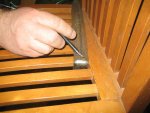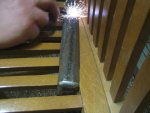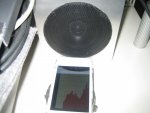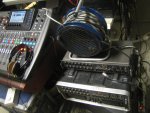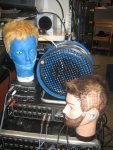Re: AC and signal cable of whatever type
Hi Declan,
Thanks for the info. Of course it makes sense that if a problem occurs when some condition lasts longer than 20 ms, then a UPS that kicks in in less than 20 ms will solve it. DUH!
And my question about shielded cable causing hum has less to do with the digital nature of the signal and more to do with connecting two devices on separate AC feeds; is there some condition within the devices that can occur from being grounded somewhere other than locally, e.g., there is a significant voltage potential difference between grounds that is fine when not connected, but then when connected there is a current flowing on the shield? With analog there can be, but I don't know how well digital devices protect themselves from such things, as they maybe presume NO shield connection.
Pure speculation and overthinking.....
Thanks again for the info.
Dan
UPS's that kick in in less than 20 ms are important. Shielded cable helps make long runs (200'+) work more reliably. Shielded cable does not cause hum problems due to the all digital nature of the signal. You can run the mixer on a seperate power source with a digital snake with no hum /buzz (like you'd see on an analog snake).
Hi Declan,
Thanks for the info. Of course it makes sense that if a problem occurs when some condition lasts longer than 20 ms, then a UPS that kicks in in less than 20 ms will solve it. DUH!
And my question about shielded cable causing hum has less to do with the digital nature of the signal and more to do with connecting two devices on separate AC feeds; is there some condition within the devices that can occur from being grounded somewhere other than locally, e.g., there is a significant voltage potential difference between grounds that is fine when not connected, but then when connected there is a current flowing on the shield? With analog there can be, but I don't know how well digital devices protect themselves from such things, as they maybe presume NO shield connection.
Pure speculation and overthinking.....
Thanks again for the info.
Dan

